It’s now T+10 days since we first arrived on the surface of sMars* and there is a lot to fill you in on. If you are following me on Facebook and Twitter, you may have seen the geological training we received T-7 days before the start of the mission. I have more to say about that, but it will have to wait for a future post. (*simulated Mars)
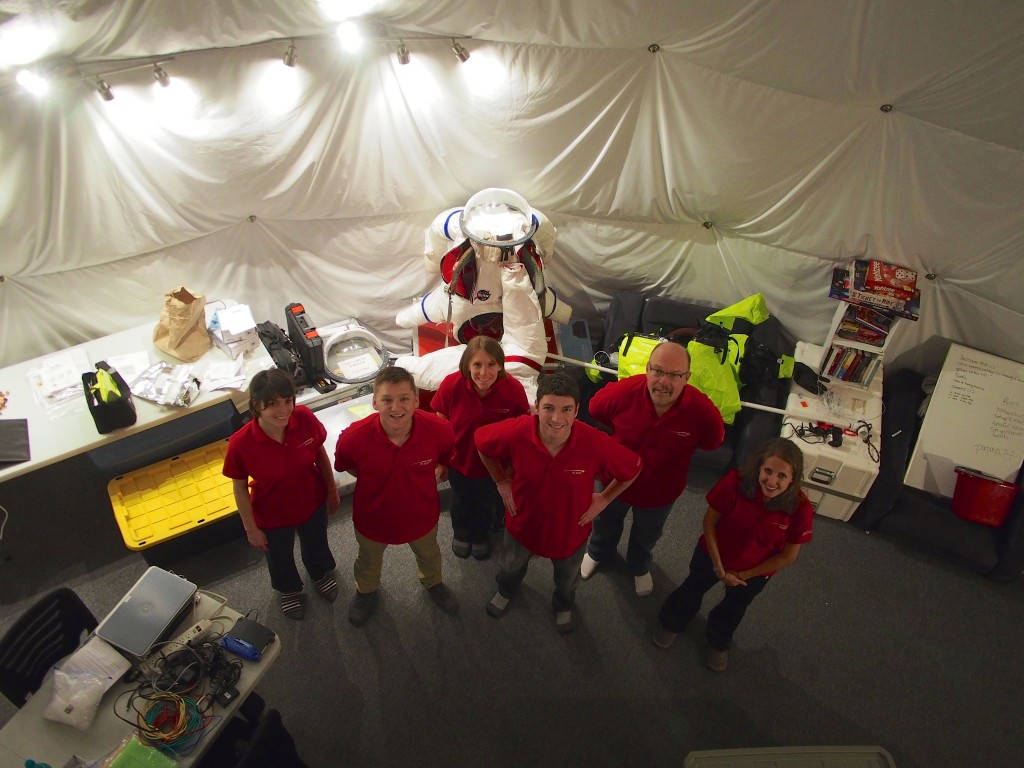
- The crew settles in for their first night on sMars.
Our “launch” to the HI-SEAS habitat consisted of a bumpy ride up the slopes of Mauna Loa. The terrain changed rapidly from city, to forest, to barren lava fields over the course of the drive. Although there is evidence for rain on Mars, we were greeted by a veritable torrent as we pulled up in front of the habitat. We hastily stowed our wet gear and set about drying and organizing our personal luggage.
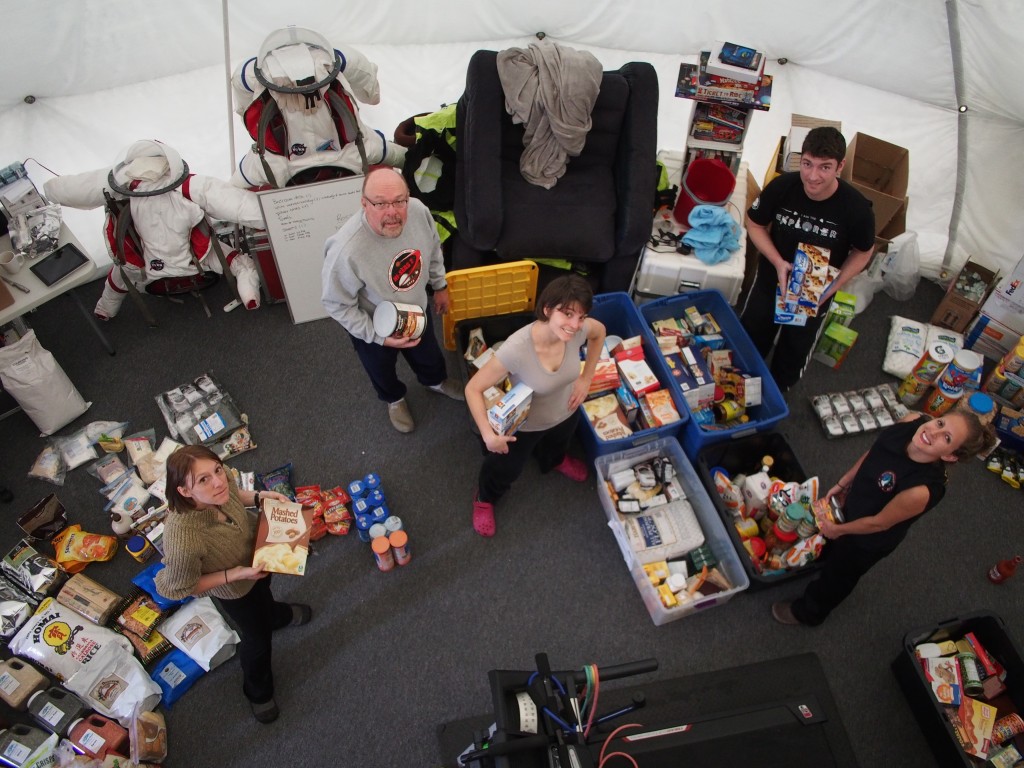
The first few days we completed an inventory of our food stores and divided the goods into monthly bins. All of the food we have here is shelf stable, including all the meats and fruits, and should last us the entire trip.
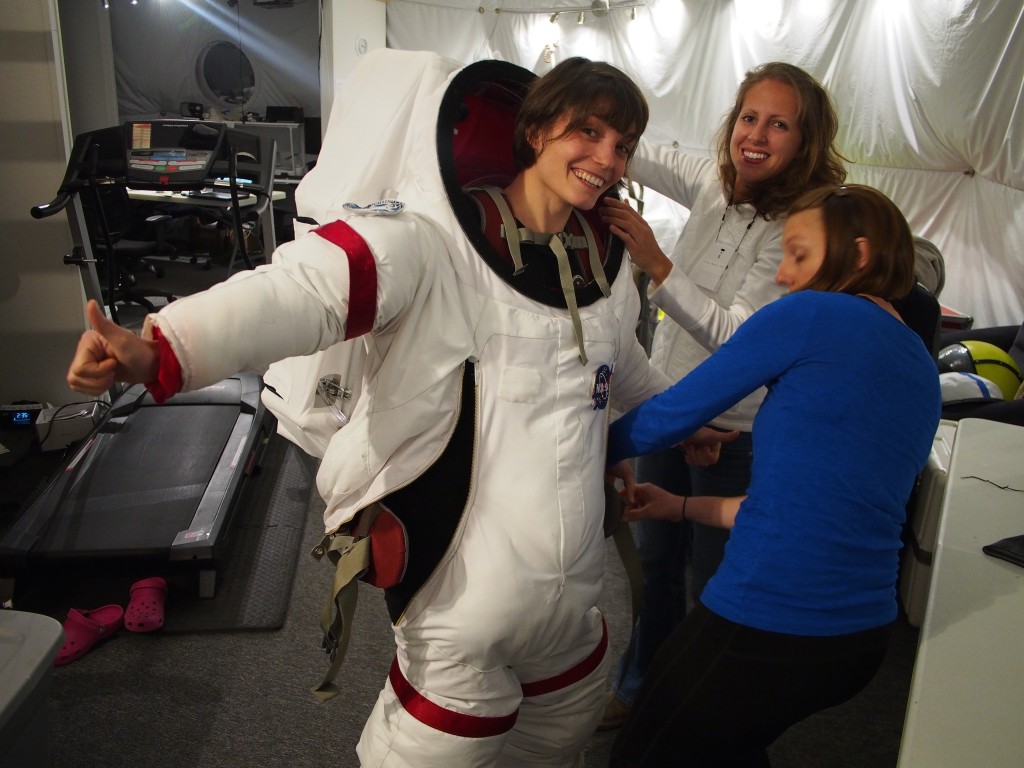
One of the other goals was establishing communications with our ground controllers and support teams. Although our simulation takes place on the slopes of Mauna Loa, we encountered a number of communication problems that we have slowly been fixing over the course of the week. Our internet connectivity is delayed through a specially configured network server, along with our e-mail, to simulate the speed-of-light delay that real astronauts on Mars would face. This makes communications an order of magnitude more difficult than the low-latency communications we are used to on Earth. Compounding this problem was a very low throughput in our internet signal, meaning that photos and support documentation took minutes to hours to upload to ground control.
Luckily, we now have a fast internet connection, and our file transmission is only limited now by the delay server.
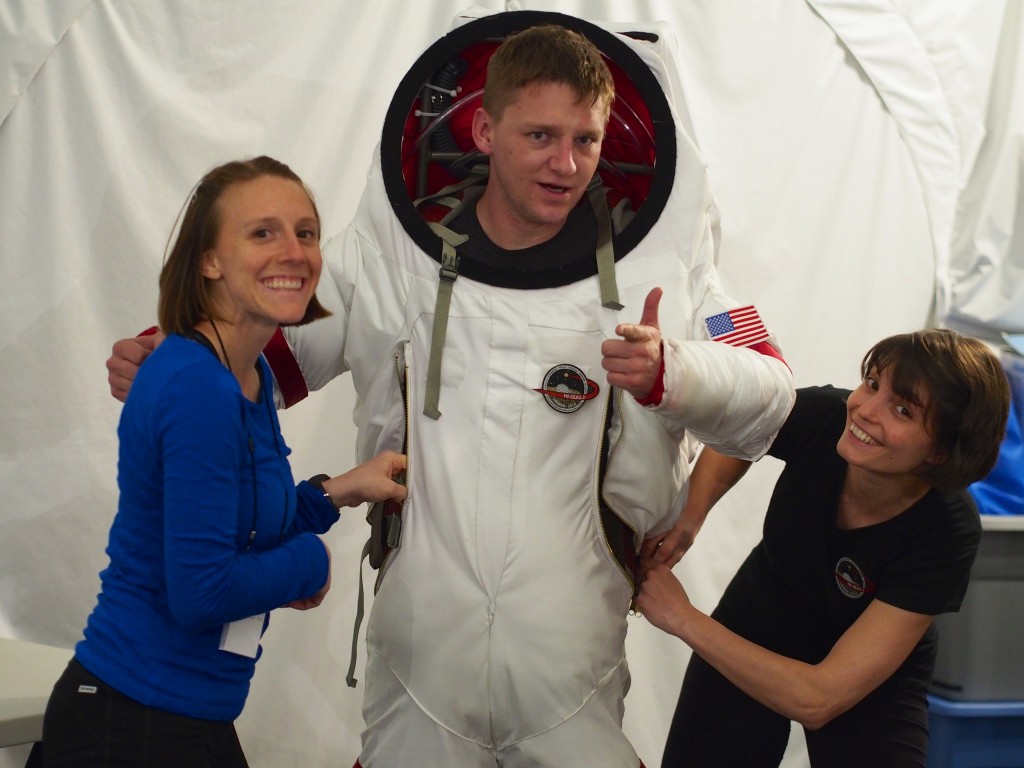
The habitat is built to simulate actually living on Mars. Our power is generated from a solar array and stored in batteries to get us through the night. Our toilets are self-contained composting units, which surprisingly don’t smell! We consider the entire habitat a pressurized environment, which means we can’t open a window or crack a door if things aren’t comfortable. If we step foot outside, we need to be inside of a spacesuit.
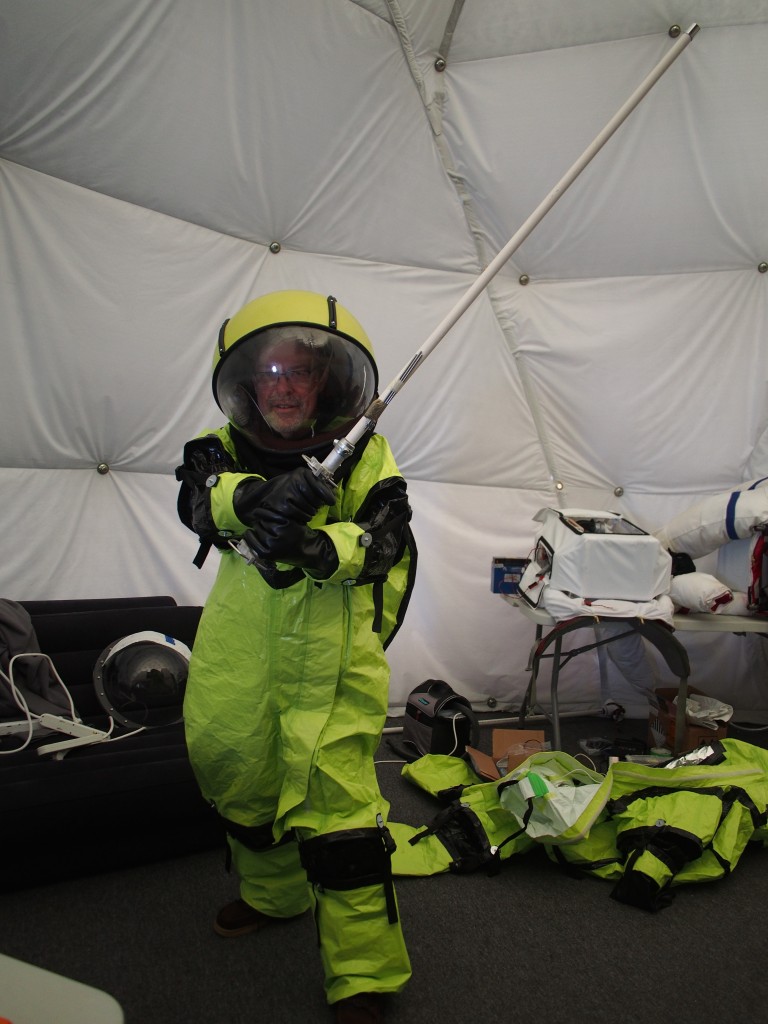
The primary goal of the HI-SEAS study is to evaluate the group dynamics and crew cohesion in a high-fidelity Martian environment. Of course, we can’t simulate a lot of the real aspects of Mars, but the steps that have been taken make the habitat really feel like it’s sitting on the slope of Olympus Mons, detached and isolated from Earth. So far, so good. Over and out.
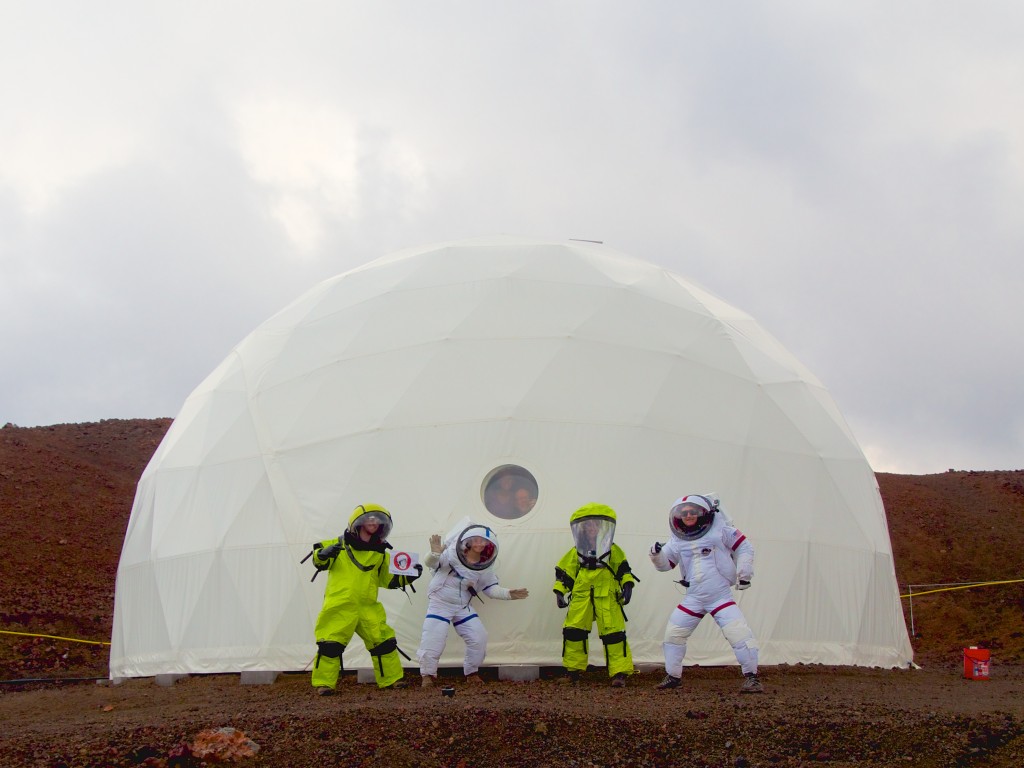
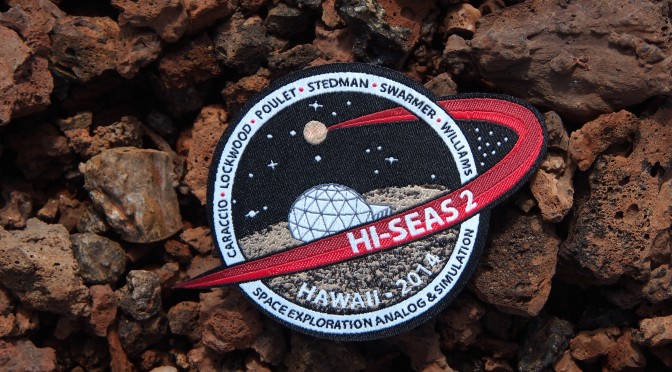
Hello Ross and the rest of the team !!! So good to hear from you, your internet problems sound like ours at Sullivan Bay !!! Wishing you all the best………. your cousin Debbie xoxoxox